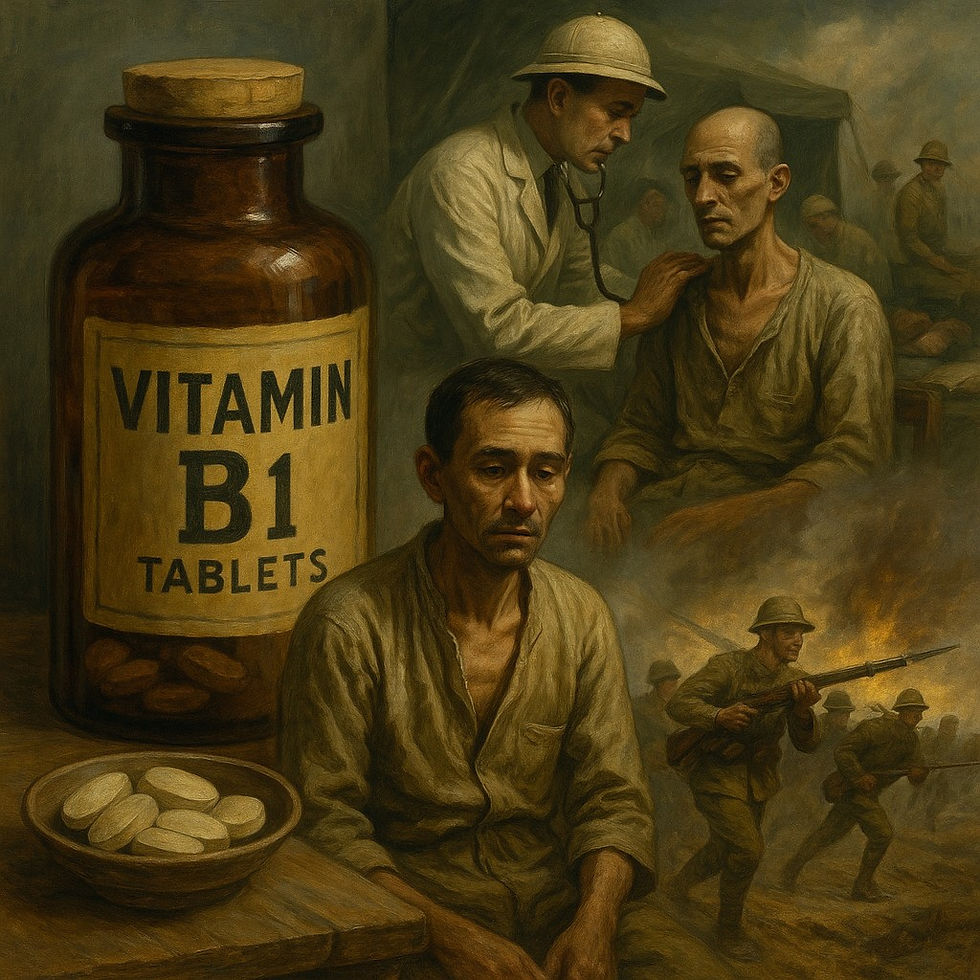Eye drop leakage and cork stopper
- H.Kitaoka
- Sep 5, 2024
- 3 min read
Updated: Mar 28

Growing Interest in Natural Cork
Perhaps because of the return to nature, interest is growing in natural cork. Due to its excellent insulation, vibration-proofing, and sound-absorbing properties, it has become popular as an interior and building material, as well as kitchen accessories, mats, and trivets, making it deeply ingrained in daily life. Cork's uses are expanding, but it is said that it first began in Japan as a stopper for medicine bottles at the beginning of the Meiji era.
Challenges with Early Eye Drop Bottles
Until the Edo period, medicines were mainly Chinese herbal medicines, and there were few liquid medicines. In particular, there were no eye drops like there are today, and most of them were in the form of ointments that were pasted on the edges of the eyes or dissolved in water to wash the eyes. In the Meiji era, the liquid eye drops that Hepburn introduced had a problem because they leaked from the bottle. At that time, stoppers were made from pieces of wood shaved into the size of the mouth of the bottle, or corn cobs. Frequently, half a bottle of liquid eye drops leaked out and the cart was flooded.
Ginka Kishida and the Problem of Leaking Medicine Bottles
Ginka Kishida, who was selling liquid eye drops "Seikensui", had problems with the bottle because the stopper was not completely sealed, and the potency of the medicine was often lost. I was wondering if I could make it. This was a time when the eye drop business had already grown and Rakuzendo Yakuho in Ginza had become famous in the pharmaceutical industry, and its name was becoming known throughout the country.
Katsushige Oku's Entry into the Business World
Around this time, after the Meiji Restoration, Katsushige Oku, a native of Ueno, Mie Prefecture, who had been living the life of a ronin for several years, moved to Tokyo to try to establish himself in the business world and visited Rakuzendo Yakuho. Ginka Kishida warmly welcomes him and hires him as a clerk. When Katsushige Oku starts working, he learns that the big problem with liquid eye drops is leakage from the stopper of the medicine bottle, so he gathers his wits to repay Kishida's kindness.
The Inspiration for Using Cork as a Stopper
Foreigners and sailors living in the settlement who happen to be in Yokohama on their way home from work drink wine or other Western liquors and then cork them.
I see people throwing away the taps.
At that moment, it occurred to me that this liquor stopper could be used to prevent liquid eye drops from leaking. I took a cork stopper that had fallen on the roadside, cut it down to an appropriate size, and made a prototype eye drop stopper, and was able to seal it perfectly! The owner, Ginka Kishida, applauded the idea and praised the idea because when it was sealed with a cork, it became tightly sealed and did not leak at all.
The Birth of Japan's Cork Industry
However, since they could only buy old cork stoppers that had been discarded forever, they bought a machine from a foreign trading company in Yokohama to scrape cork skin and cork. In 1886, with the consent of Ginko Kishida, he opened the cork business "Oku Katsushige Shoten" in Ginza 3-chome, becoming the founder of the Japanese cork industry.
Liquid eye drops paved the way for the development of the cork industry through a man named Katsushige Oku.



Comments